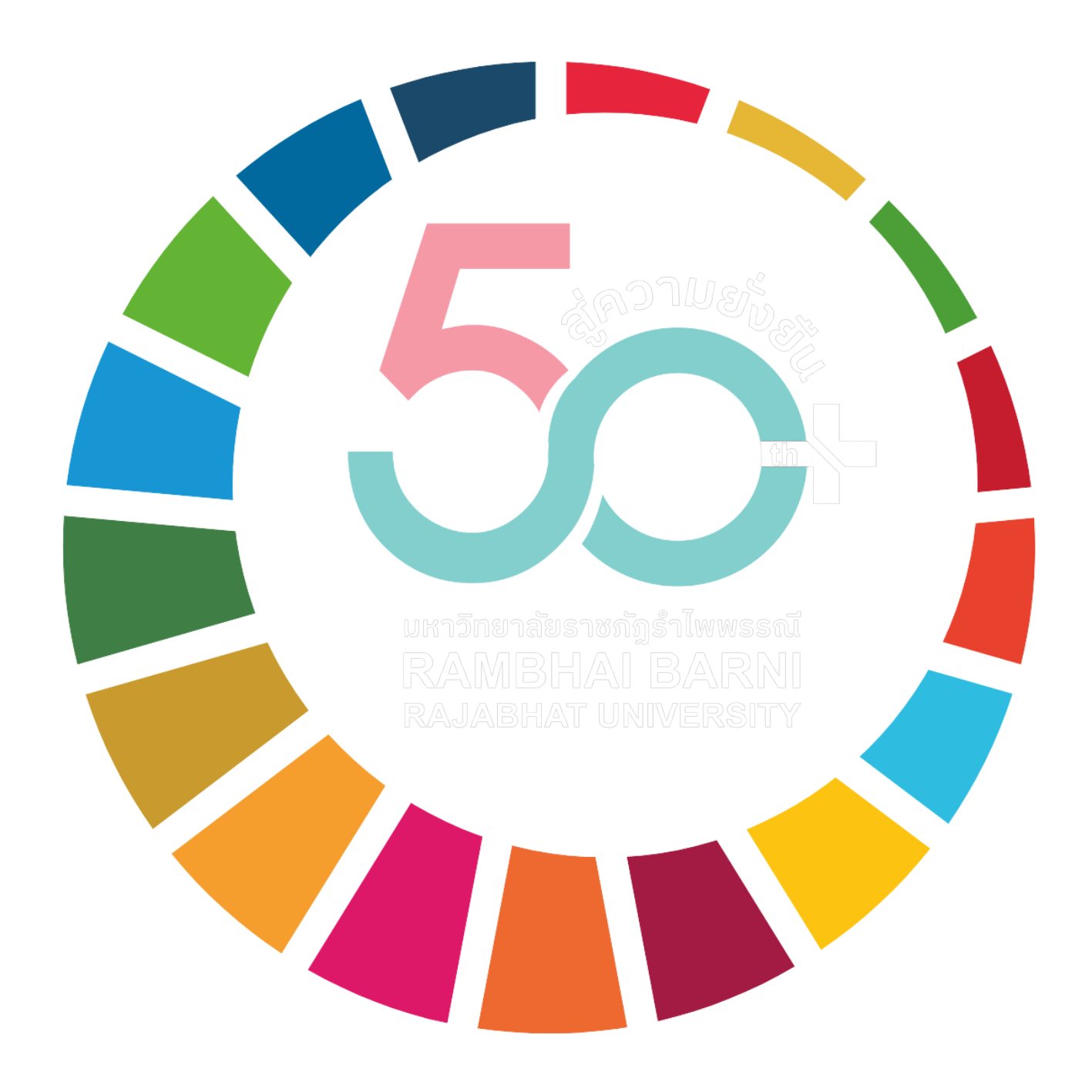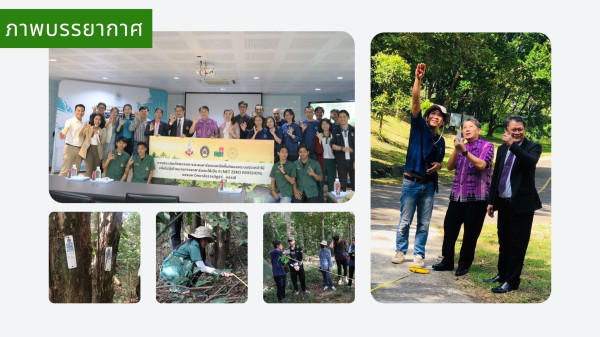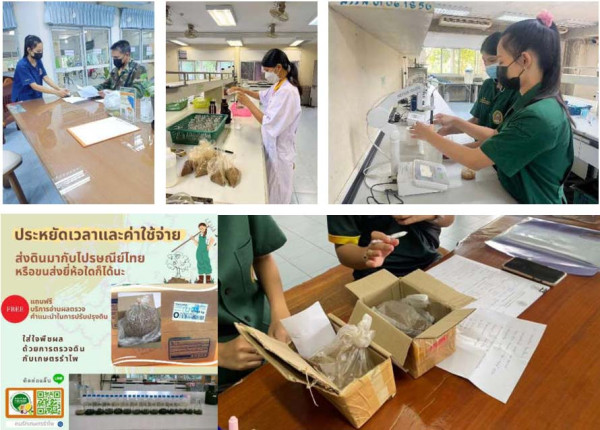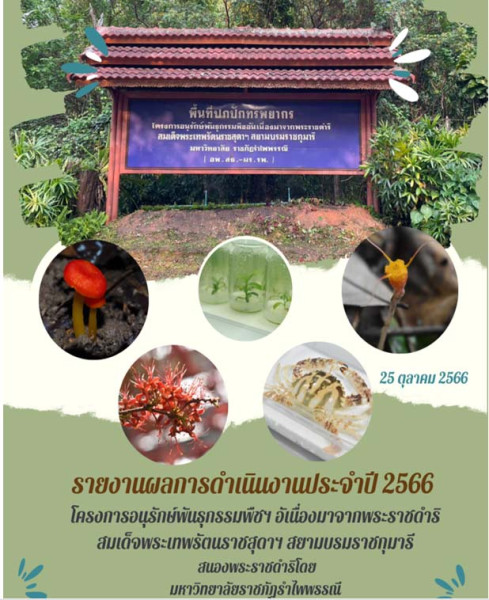มหาวิทยาลัยมีการสนับสนุน หรือจัดงานที่มีวัตถุประสงค์ เพื่ออนุรักษ์ และใช้ประโยชน์ที่ดินอย่าง ยั่งยืน รวมทั้งป่าไม้ และสัตว์ป่าด้วย
ขอบเขตเป้าหมายโครงการ:
นโยบายและการบริหารจัดการ
วิจัยและนวัตกรรม
การมีส่วนร่วมสู่ท้องถิ่น
ผู้รับผิดชอบ :
สำนักบริการวิชาการ
| วันที่จัดโครงการ 1 ม.ค. 2566 - 29 ธ.ค. 2566
มหาวิทยาลัยมีการให้บริการตรวจวิเคราะห์คุณภาพของดินและปุ๋ยอินทรีย์ เช่น ธาตุอาหารของพืช ปริมาณสารอินทรีย์ และค่า pH ข้อมูลนี้ทำให้เกษตรกรสามารถปรับปรุง และใช้ประโยชน์จากที่ดินและปุ๋ยของตนเองอย่างยั่งยืน โดยมีผู้รับบริการในปี 2566 รวม 124 ราย เป็นเกษตรกรและผู้ประกอบการจากทั่วประเทศ และมีโครงการปลูกปอเทืองเพื่อปรับปรุงคุณภาพดิน ณ ศูนย์เรียนรู้เศรษฐกิจพอเพียง ทำให้นักศึกษาได้ใช้ประโยชน์จากดินที่มีความอุดมสมบูรณ์ และได้เรียนรู้การบำรุงดินโดยใช้ปุ๋ยสดอีกด้วย นอกจากนี้มหาวิทยาลัยยังมีการอนุรักษ์พื้นที่ป่าภายในมหาวิทยาลัยจำนวน 50 ไร่ ซึ่งแบ่งพื้นที่ออกเป็น 4 บริเวณ ให้เป็นแหล่งเรียนรู้ทรัพยากรท้องถิ่น ได้เเก่ ป่าดั้งเดิม ป่าพรุ แหล่งน้ำ พื้นที่ปลูกรักษาพันธุ์พืช และมีการประเมินศักยภาพการสะสมคาร์บอนเหนือพื้นดินของป่า ในการดูดซับก๊าซเรือนกระจก โดยพบว่าสามารถกักเก็บก๊าซเรือนกระจกได้ 6,571 ตันคาร์บอนไดออกไซด์ และการให้ความสำคัญกับการแก้ไขปัญหาช้างป่ากับคน โดยมีการพัฒนานวัตกรรมระบบตรวจจับและแจ้งเตือนการบุกรุกพื้นที่เกษตรกรรมผ่านเครือข่ายระบบ LoRaWan เพื่อลดการสูญเสียชีวิตและทรัพย์สินของคนในพื้นที่
The university provides soil and organic fertilizer quality analysis services, examining elements such as plant nutrients, organic matter content, and pH levels. This information enables farmers to improve and utilize their land and fertilizers sustainably. In 2023, a total of 124 clients, including farmers and business operators from across the country, benefited from these services. Additionally, a project to plant sunn hemp to improve soil quality is implemented at the Sufficiency Economy Learning Center, where students gain hands-on experience with fertile soil and learn about soil enrichment using green manure. Furthermore, the university conserves 50 rai of forest on campus, divided into four zones as a local resource learning center. These zones include original forests, peat swamp forests, water sources, and plant conservation areas. The university also assesses the forest's potential for above-ground carbon sequestration to mitigate greenhouse gases, with findings showing a capacity to store 6,571 tons of CO₂. The university also addresses human-elephant conflict by developing an innovative LoRaWan network-based detection and alert system for monitoring and preventing intrusions into agricultural areas, thereby reducing loss of life and property in local communities.



